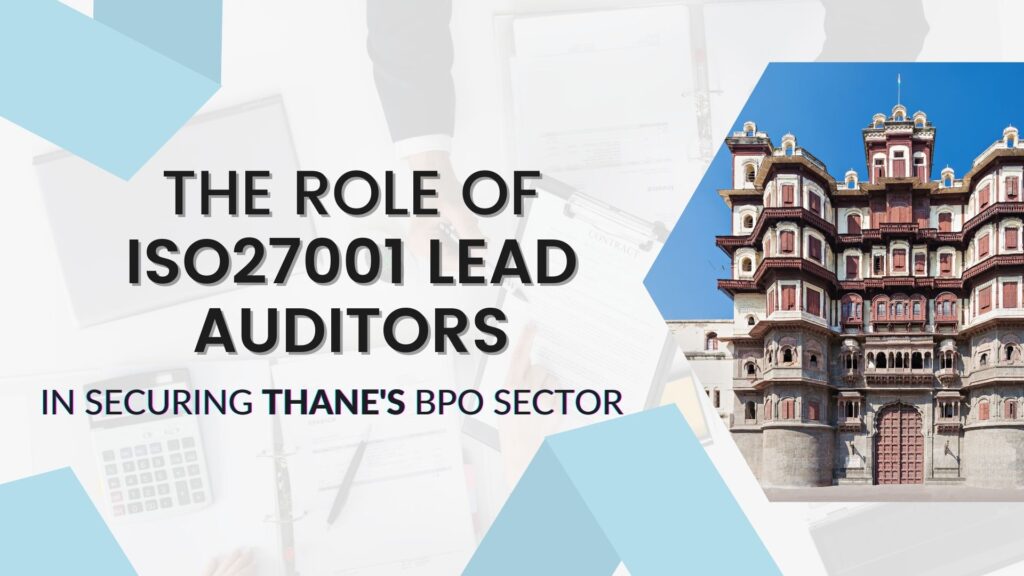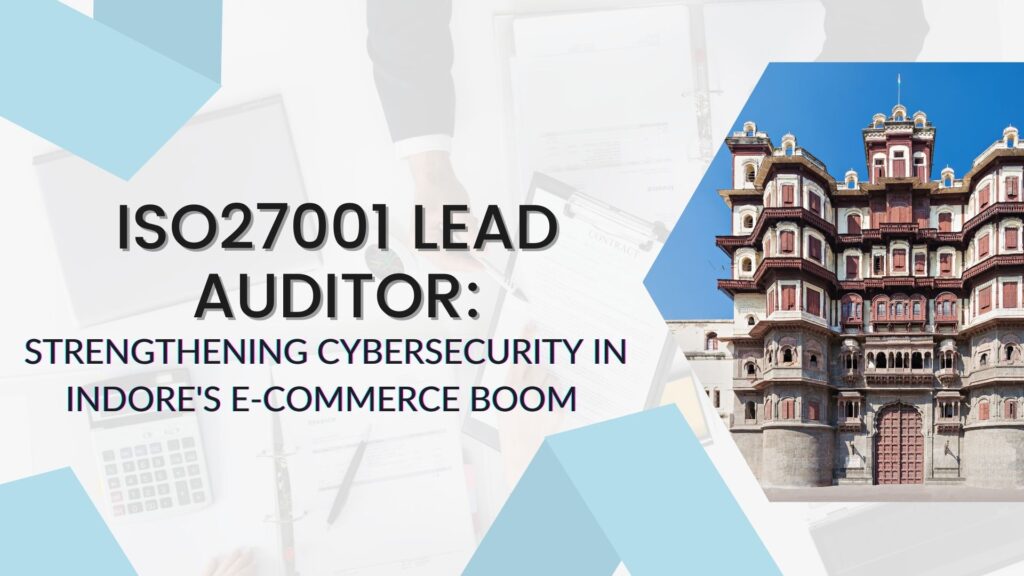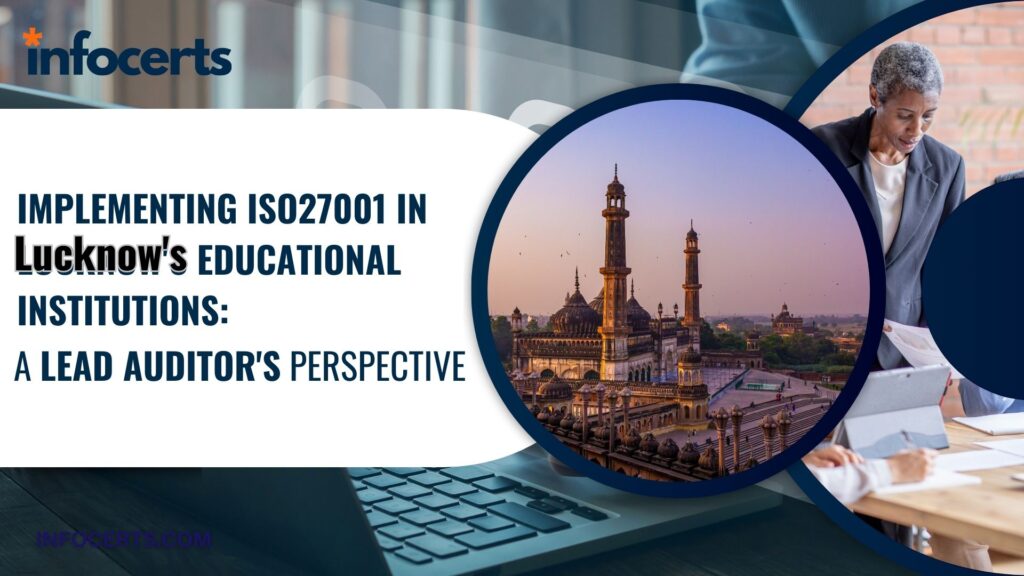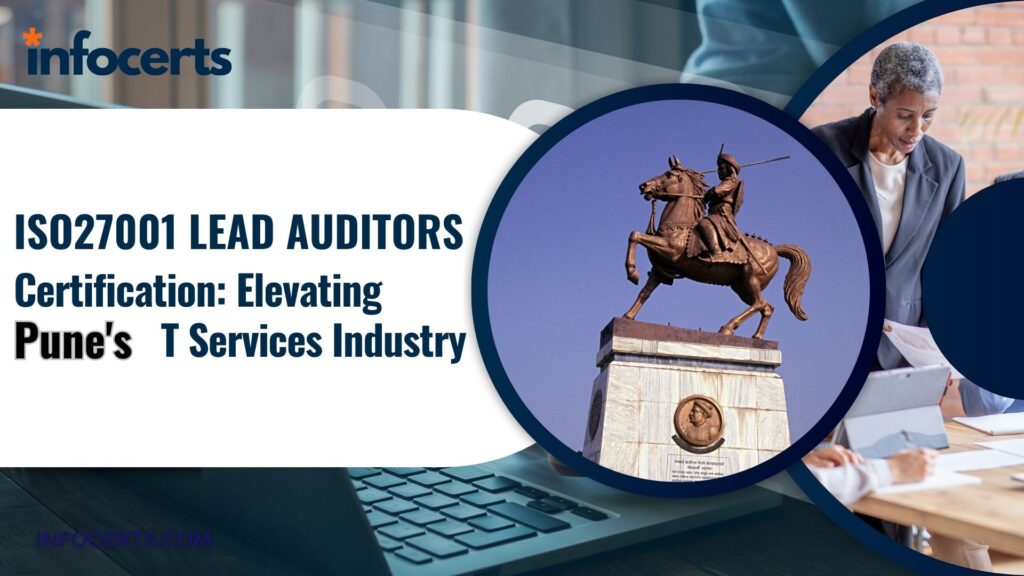The Role of ISO27001 Lead Auditors in Securing Thane’s BPO Sector
Thane, a thriving hub for Business Process Outsourcing (BPO), faces an ever-increasing demand for robust data security measures. In an industry where sensitive client data forms the backbone of operations, achieving and maintaining ISO27001 compliance becomes a necessity. Here, ISO27001 Lead Auditor Thane play a pivotal role in strengthening the security landscape for Thane’s BPO …
The Role of ISO27001 Lead Auditors in Securing Thane’s BPO Sector Read More »










